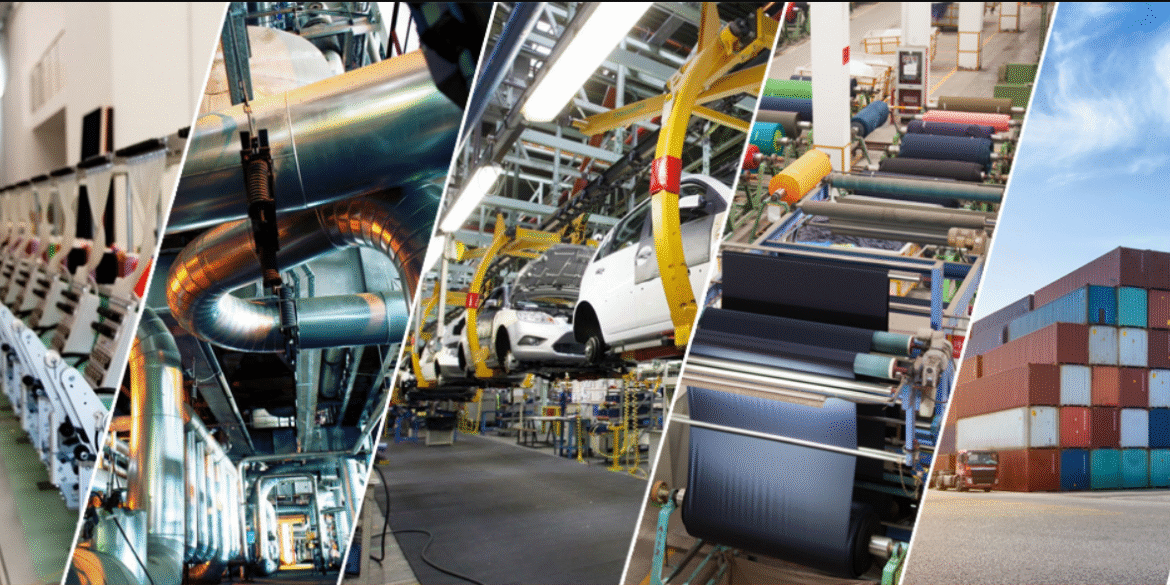Pakistan’s large-scale manufacturing (LSM) sector registered a 4.44% growth during the first two months of the fiscal year 2025–26, according to the latest data released by the Pakistan Bureau of Statistics (PBS). The increase reflects modest progress in industrial activity despite challenges such as fluctuating input costs and uneven global demand.
The report highlighted that 12 major industrial sectors recorded positive growth, while 11 sectors experienced contraction during the period from July to August 2025. Overall, LSM output rose by 0.54% year-on-year in August 2025 compared to the same month last year. However, on a month-to-month basis, production dipped by 2.75% from July 2025 levels, indicating mixed momentum in industrial recovery.
Among the industries driving growth were food processing, tobacco, apparel, cement, and automobiles, all of which showed notable performance improvements. The automobile sector expanded by 1.83%, while apparel manufacturing saw a 0.84% rise, and the food sector recorded a 1.02% increase in output during the period under review. The cement industry also contributed to the positive trend, benefiting from increased construction activity and infrastructure projects.
On the other hand, several industries reported slight declines, signaling uneven performance across manufacturing categories. Output in petroleum products fell by 0.21%, iron and steel dropped by 0.16%, and furniture manufacturing decreased by 0.17%. Similarly, beverages, chemicals, and pharmaceuticals registered declines of 0.15%, 0.13%, and 0.11%, respectively.
Analysts note that the growth in select industrial segments suggests cautious optimism, with improvements linked to increased domestic demand and gradual stabilization in energy supplies. However, persistent structural challenges—such as high production costs, supply chain disruptions, and lower export competitiveness—continue to weigh on overall manufacturing momentum.
Despite these headwinds, the LSM sector’s early performance in FY2025–26 provides a sign of resilience. The government’s focus on industrial modernization, energy cost rationalization, and private sector support may further boost output in the coming quarters, provided macroeconomic stability continues.
The PBS report underscores that while short-term fluctuations persist, the steady growth in large-scale manufacturing reflects gradual progress in Pakistan’s efforts to strengthen its industrial base and reduce dependency on imports. Sustained recovery in manufacturing will be crucial for broader economic stability and employment generation in the months ahead.

